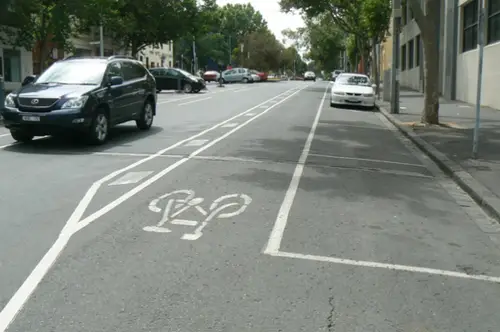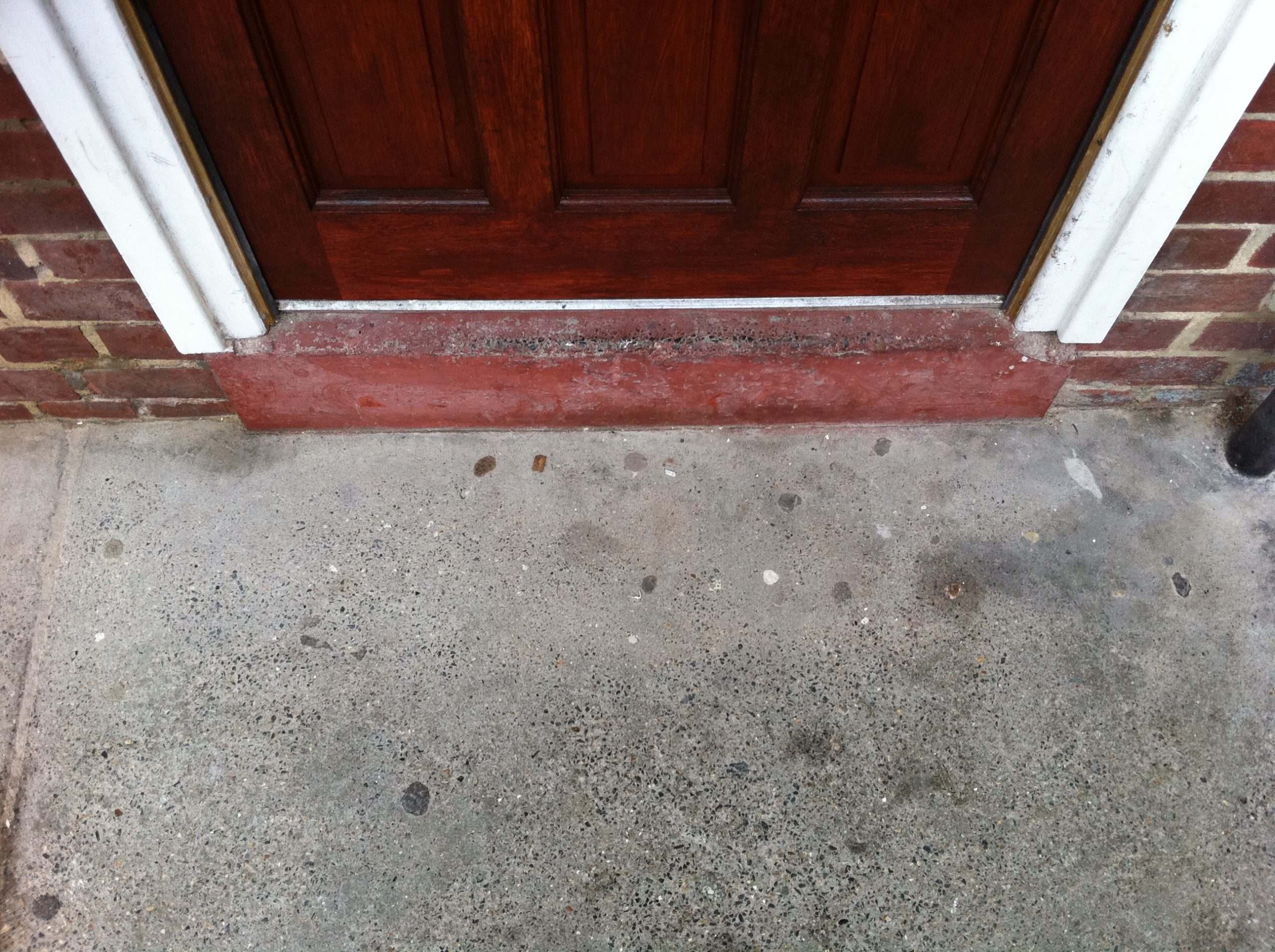Perth – the capital city of the state of Western Australia – is the fourth most populous city in Australia. Infrastructure in the city means cycling is accessible, safe and easy for the 1.6 million Australians who call it home, with developments in the surrounding areas of a similarly high standard. The central business district and suburbs of Perth are situated on the Swan River. An off-road traffic–free cycle path is provided around the Swan River.

Perth’s ‘Cycle Veloway’ – a 3–3.5 metre bi-directional, off-road, traffic free cycle path – runs parallel to Perth’s suburban railway line.

The Veloway provides access to, through and from metropolitan rail stations.


The veloway links major destinations including the central business district, numerous rail stations, university campuses and schools, sporting stadiums and the Subiaco Transit Oriented Development.


Subiaco Transit Oriented Development is located 3kms from Perth’s Central Business District and covers approximately 40 hectares of former industrial land. The arrangement of the development is concentrated around Subiaco train station and a new supermarket-based node.


Several initiatives were facilitated to support the use of both public and active transport. Initiatives included putting the train station underground to enable community connectivity and providing 5 hectares of quality parklands with bicycle and pedestrian links.

Over 1000 new dwellings have been constructed and an additional 50,000sqm of commercial space and 7,000sqm of retail space has been included for extensive business development accommodating 3000 new employees.

The above building – Platform CBH – is a mixed-use development with 70 residential apartments and 3 commercial units adjacent to Perth-Armadale Railway line and Perth cycle veloway.

The development is a few minutes walk from Armadale Railway Station and has direct access to the veloway.

18km off Perth’s western coastline lies Rottnest Island, an area which prohibits private cars. This means transport is dependent on cycling, walking and a limited bus service.

Bikes have been adapted to carry surfboards – a very popular sport for both locals and tourists.

Cycling is the popular mode of transport and as a result dedicated cycle facilities, such as the 2.0m wide bi-directional path at Longreach Bay, have been constructed.

The island’s Bike Hire is the largest facility of its kind in the Southern Hemisphere with over 1,300 bikes available for hire. The approach taken in Rottnest Island shows how successful cycling can become when it is made the priority form of transport.


